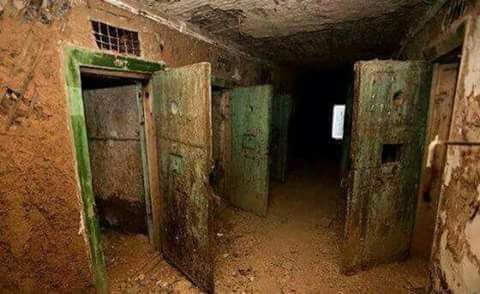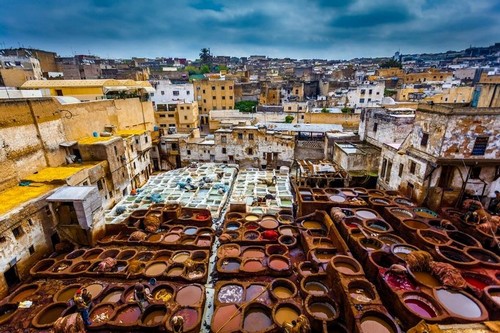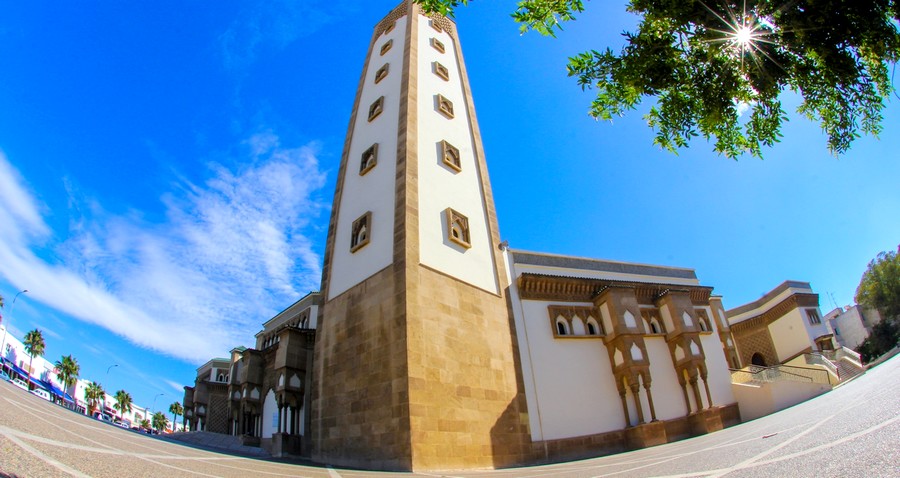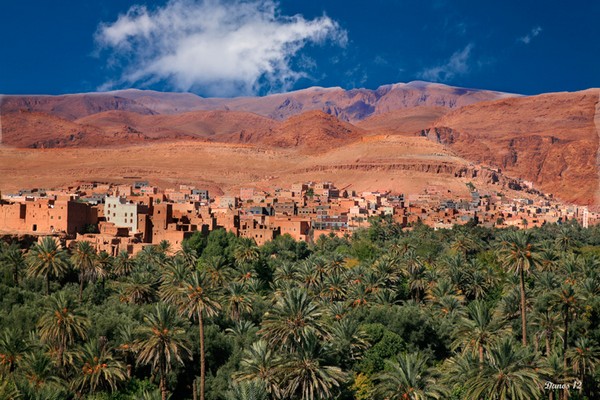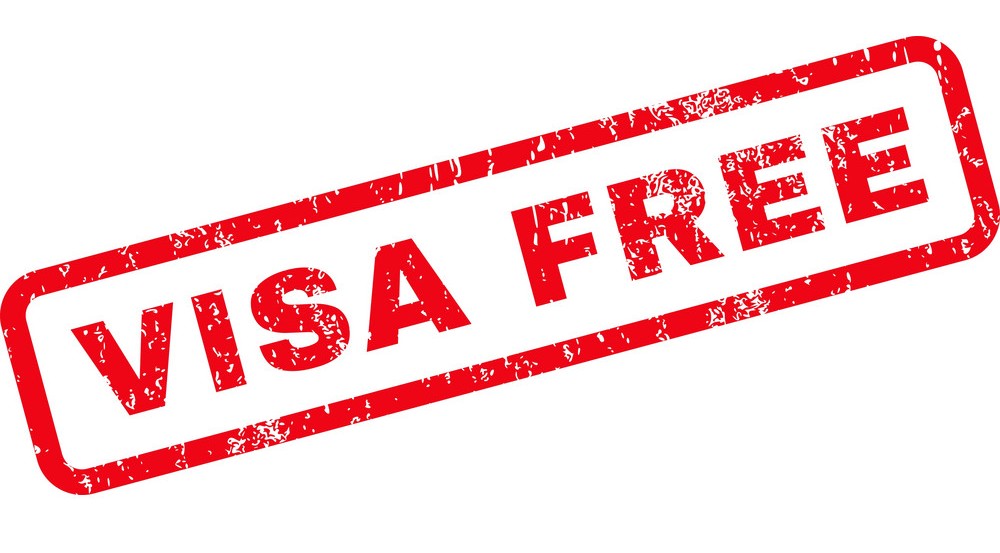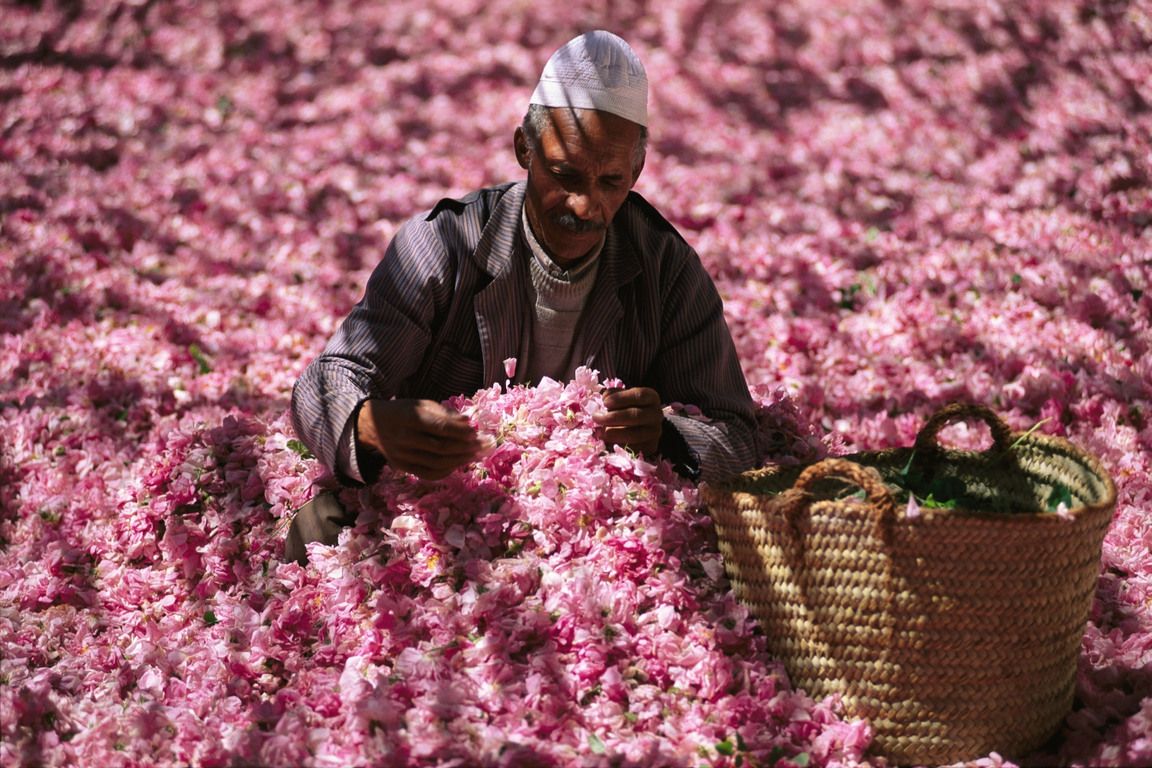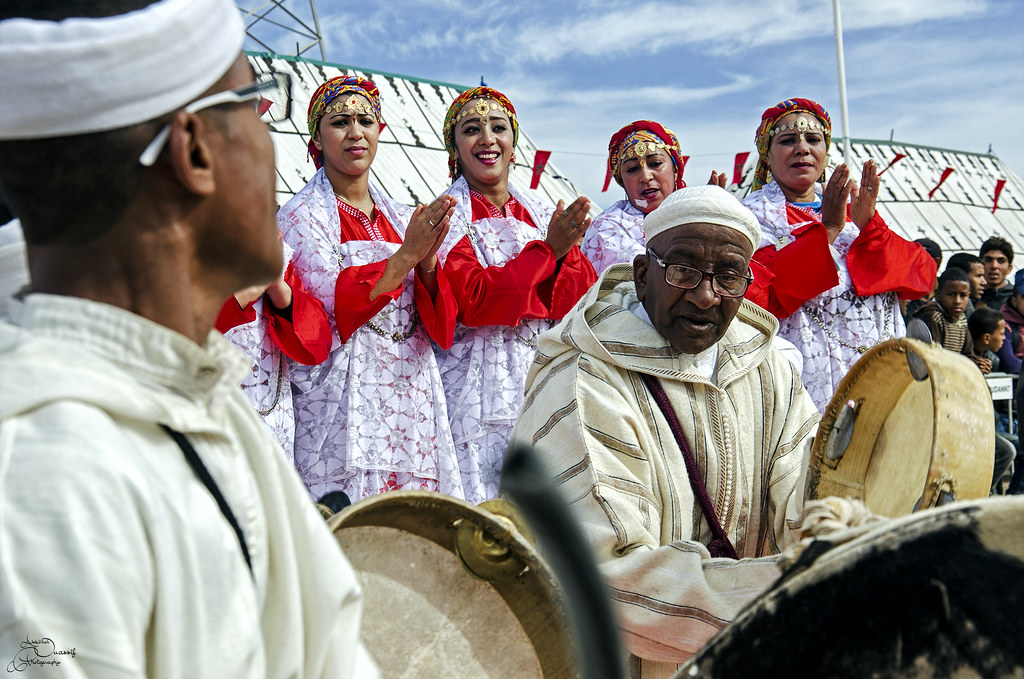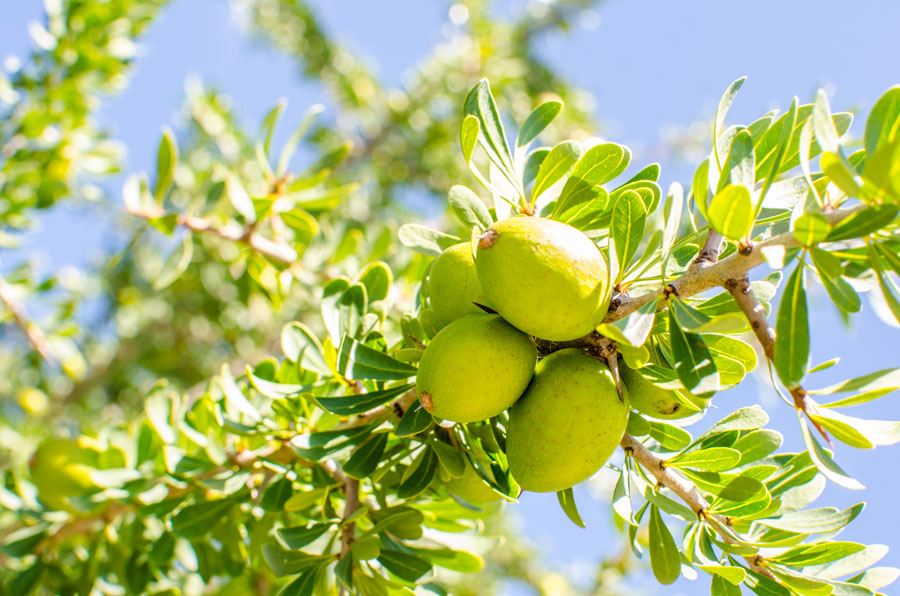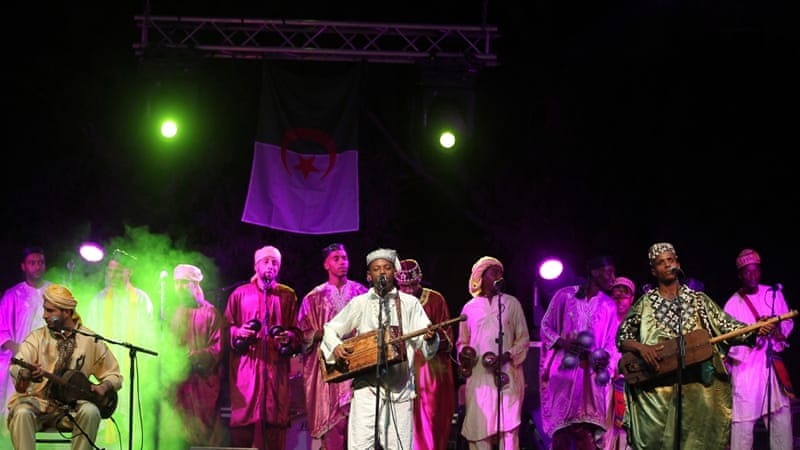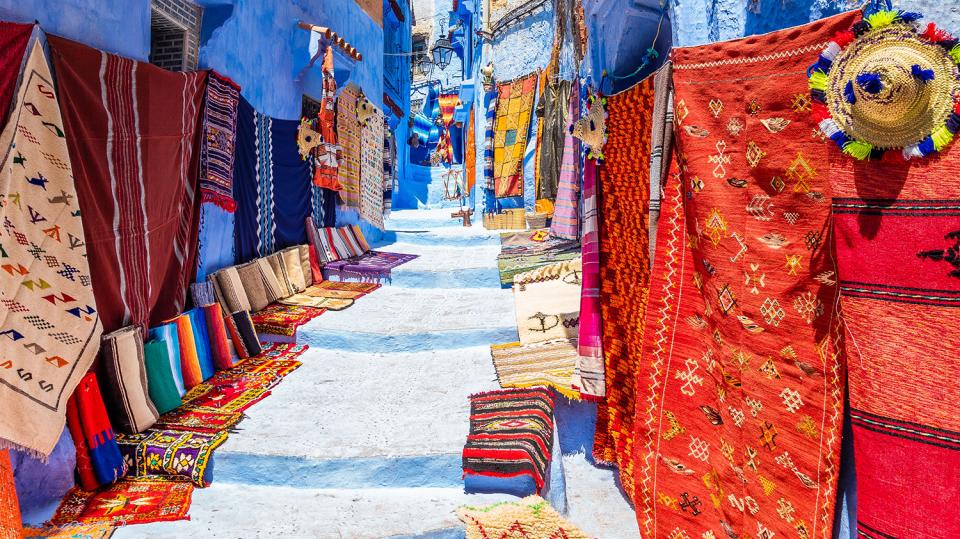1 - The second oldest monarchy in history without interruption
Morocco has not ruled non-kings and sultans without interruption for more than 12 centuries, specifically since the year 788, when Idris bin Abdullah, the descendant of Imam Al-Hassan bin Ali bin Abi Talib, fled the battle of Fakh to the Far Maghrib to defect with the help of the Berber tribes from the authority of the Abbasid caliph Harun al-Rashid, and be An independent state and a political system complete with the standards of that time.
Morocco knew only two periods of external interference, one of which was a brief Fatimid period during the Fatimid shrine in Tunisia, and a period of Spanish and French protection on its lands during which the Moroccan sultans remained heads of state. For reference, Morocco is one of the rare Arab countries that was not subject to Ottoman rule.
It is worth noting that the oldest continuous monarchy in the world is found in Japan, and it was established according to the traditional Japanese belief 600 years before the birth of Christ, but in-depth historical research indicates the existence of an actual monarchy in Japan from 97 years before the birth of Christ, peace be upon him,
Whereas, the third oldest uninterrupted monarchy has been in Denmark since 935 AD, a century and a half apart from Morocco.
2 - Morocco is ruled by the second oldest royal family in the world
Muhammad VI Bin Al Hassan, the current King of Morocco, is the twenty-third king of the Alevi dynasty, which according to her lineage says to the Messenger of Islam Muhammad bin Abdullah, who is the descendant of Moulay Sharif who began his reign in 1631, i.e. almost 4 centuries ago in the same context, the Japanese ruling family is considered the oldest A ruling dynasty in the world, on the same aforementioned dates, that the Emperor of Japan and his family have a special place in traditional Japanese society especially since the legendary founder of the dynasty, Emperor Jimo, is considered the son of the sun goddess Amaterasu according to Shinto belief, the religion prevalent in Japan.
It should be noted that the British and Thai dynasties are also among the oldest, as they were established at the beginning of the eighteenth century.
3 - In Morocco, the King is the Commander of the Faithful
Due to Morocco's long-standing independence from successive Islamic disputes in the East, successive kings and sultans of Morocco used to hold the title of Commander of the Faithful, given that the assumption of rule in Morocco depended on the pledge system, provided by scholars and tribal elders to take over someone's religious and worldly affairs.
Morocco has given the title of Prince of the Faithful a constitutional formula since the first constitution in 1965, by stipulating that the king is a prince of the faithful and an exclusive supervisor of fatwas and religious affairs for Moroccans, so that the most recent constitution of the kingdom, for the year 2011, devoted the first chapter talking about the constitutional powers of the king to explain and detail the role The Emirate of the Believers (Chapter 41).
One of the strongest indications of the importance of the emirate of the believers in Morocco remains that with the fall of the Ottoman caliphate, the late Ottomans recommended that the caliphate be transferred to the kings of Morocco in 1923, but this was not achieved due to the emergence of Morocco under foreign interference. In addition, many citizens of sub-Saharan African countries consider the King of Morocco as a leader of the faithful, which has contributed to Morocco's strengthening of its relations with countries where this belief abounds, such as Senegal, Mali, Gambia and Ivory Coast.
4- The seventh richest king in the world
Forbes magazine published in its 2011 edition a list of the richest kings of the world in which the King of Morocco Muhammad VI, who has long been described in the media as the King of the Poor, has been ranked seventh with a wealth of more than $ 2.5 billion, surpassing three Gulf rulers, respectively, the Emir of Qatar, the Sultan of Oman and the Emir of Kuwait.
This classification has been a strong shock to many; This is because a large segment of Moroccans estimated at 9% suffers deprivation, while unemployment hits nearly 20% of Moroccan youth. In addition, Morocco ranks a country with an average human development index and ranks 129th behind countries such as Algeria, Tunisia and Egypt. The content of this classification returned to the face of events following the speech of the Moroccan monarch in July of the year 2014, when he asked the Moroccans, "Where is the wealth?"
5- Morocco is an international Sufi center
Morocco is considered one of the most powerful centers of Sufi Islam throughout the world, as it was for a period of time isolated from sectarian conflicts in the Arab East, thus becoming a destination for students of Sufism, especially from North and West Africa. This mystic focus culminated in the emergence of two of the four poles of Sufism in Morocco, namely Abu Al-Hassan Al-Shazly, Walid Al-Reef Al-Maghribi, and Mr. Al-Badawi, Walid Fes. Its influence.
Perhaps the most prominent example of the role of angles in political history Morocco was the pledge of allegiance to Muhammad ibn Abi Bakr, Sheikh of the Dalaiya al-Dalaiya, who ruled Morocco after his removal from the Sa’idis in 1641, before being destroyed by the Alevi Sultans, the ancestors of the current kings of Morocco.
In addition to the resistance of Sheikh Maa El-Enein (the founder of a large corner in Samara, one of the cities of Western Sahara) to French and Spanish colonialism in both Morocco and Mauritania from 1890 until his death, before his new Sheikh, Sheikh Zawiya, continued to resist until the year 1932 by establishing a new angle that led the resistance of the southern Moroccan with Shabwa (Souss region), in a resistance movement similar to the movement of Prince Abdel Qader Al-Jaza’iri, Sheikh Zawiyah Hamam in Wahjar al-Qadriyah.
One indication of the monarchy's rule in Morocco supporting the Zawaya was the use of the regime by a large number of Zawaya sheikhs and their followers in the face of the February 20 movement that led the Moroccan version of the Arab Spring.
Currently, Morocco embraces more than 1,000 active Sufi orders that control the religious, educational and social frameworks of its Moroccan and other patrons, especially the world-renowned Kadriya Bouchechia corner and the highly influential Tidjanian angle in West Africa and the Sahara Desert. Morocco is witnessing the organization of major mystical ceremonies, some of which have a semi-formal character on several religious occasions, including the Prophet’s Birthday, Laylat al-Qadr, and Ashura.
6- The largest source of phosphate in the world
Morocco has the largest reserves of phosphate in the world, which enabled it to take the global lead in the export of raw phosphate in addition to its industrial extracts, especially chemical fertilizers. Currently, phosphate is one of the pillars of the Moroccan economy (in addition to agriculture and tourism), and phosphate alone provides half of the savings Morocco is a hard currency, in addition to 60% of its exports abroad.
7- More than 10% of Moroccans live abroad
Estimates issued by the Presidency of the Government for the year 2013 indicated that the number of Moroccans residing abroad exceeds 4 and a half million Moroccans, distributed over more than 100 countries, which means 13% of the 34 million Moroccans, according to the latest census 2015.
France has the lion's share of Moroccan immigrants, with approximately 1.5 million Moroccans (2.3% of France's residents), followed by Israel, where approximately one million Moroccan Jews reside, most of whom emigrated before the independence of Morocco (approximately the price of the entity’s population), followed by Spain with 800,000 immigrants, then the Benelux countries (Belgium) Netherlands, Luxembourg (about 700,000 Moroccans) (where Moroccans form the largest community in these countries with 3% of the population).
These migrants are considered an important gain for Morocco, as they constitute the second source of hard currency thanks to family transfers, in addition to an important cultural and political balance in the diaspora.
Among the world-famous Moroccan immigrants, we find the most famous comedian actors in France, Jamal Al-Dabouz and Jad Al-Maleh, the French Minister of Education Najat Belkacem, the Minister of Labor of the government itself, Maryam El Khomry, the Mayor of Rotterdam, and the figure of the year in the Netherlands Ahmed Bou Taleb, and the global novelist Taher Benjelloun ...
It is reported that most of the elements of the Moroccan national football team are Moroccan Diaspora, especially Bayern Munich defender Mahdi Ben Attia and Malaga striker Noureddine Imrabat, in addition to Benfica's Portuguese star Adel Taarabat.
However, not all Moroccans who have succeeded abroad are a cause of pride for the citizens of their country, such as the commander of the Israeli occupation army, Gadi Eisenkot, and the commander of the southern front of the occupation army (responsible for the aggression on the Gaza Strip) Sami Turgeman, in addition to Amir Peretz, the Israeli Minister of Defense responsible for the aggression against Lebanon The year 2006.
8- A place of photography with a global reputation
If you are a fan of the Game of Thrones series, know that most Essos and Dorne scenes are filmed in Morocco.
And even if you are not a follower of the most-followed series in history, you may have seen films in Morocco such as 5 Mission Impossible, Babel, Troy, Kingdom of Heaven, Body of Lies, The Kingdom, the recent temptation To Christ The Last Temptation of Christ… or simply, Casablanca, which is ranked among the best 5 films in the history of American cinema.
Morocco is a popular destination for cinematographers, especially Americans and Europeans, but in recent years, Bollywood makers have joined the client list of Moroccan photography studios.
This is due to the natural qualifications of many Moroccan regions, especially the arid ones, in addition to the availability of a large number of archaeological sites and urban gatherings close to the Middle Eastern, European or African character, as well as the low cost of photography.
9- The Arab countries are most culturally and naturally diverse
Morocco is the first tourist destination in North Africa, the rank it snatched from Egypt due to the political instability that has continued for four years, in addition to its huge stock of cultural, historical and natural qualifications that attract tourists.
According to UNESCO, Morocco has the largest number of places on the list of tangible and intangible World Heritage lists, with 26 classifications.
On the one hand, Morocco has a natural diversity whose Arab counterpart decreased, with its beaches, snowy mountains, fertile plains and hot deserts, in addition to a series of ancient cities dating back to the successive periods on its land, from the Phoenicians to the Islamic era. The cities of Koulili, Tangier, Fes, Meknes, Marrakech, Salé, Rabat, Bnasa, El Jadida, Essaouira are pregnant with historical neighborhoods and classified monuments.
Culturally, Morocco has benefited from its geographical location, in which 5 main tributary tributaries: the Amazigh, Arabic, Hebrew, African and Mediterranean. This combination was particularly reflected in the customs and traditions of Moroccans, their various festivals, their music, their clothing and, more specifically, their well-known cuisine.
